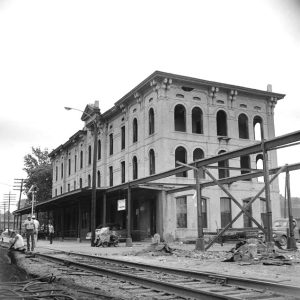 Avery Hotel
Avery Hotel
Entry Category: St. Francis
 Avery Hotel
Avery Hotel
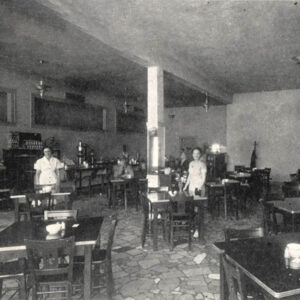 Aycock's Cafe
Aycock's Cafe
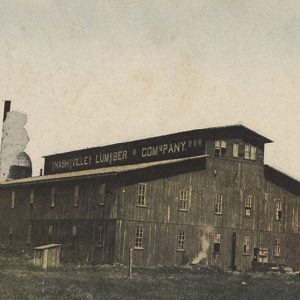 Box Factory
Box Factory
 Entering Caldwell
Entering Caldwell
Caldwell (St. Francis County)
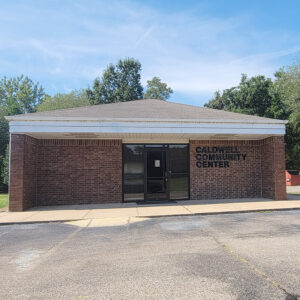 Caldwell Community Center
Caldwell Community Center
 Caldwell Family Park
Caldwell Family Park
 Caldwell Family Park
Caldwell Family Park
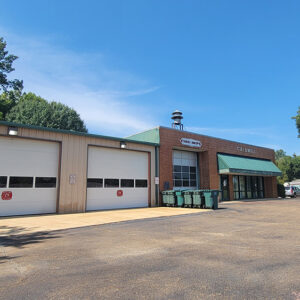 Caldwell Fire Department
Caldwell Fire Department
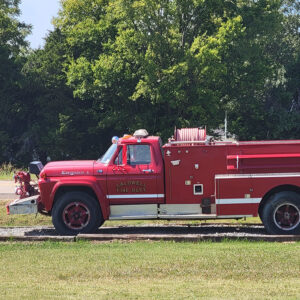 Caldwell Fire Engine
Caldwell Fire Engine
 Chester's Auto Repair
Chester's Auto Repair
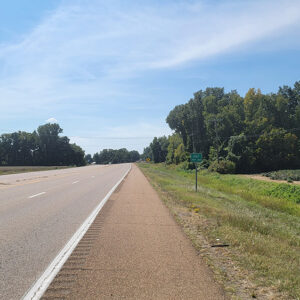 Entering Colt
Entering Colt
Colt (St. Francis County)
 Colt City Hall and Fire Dept.
Colt City Hall and Fire Dept.
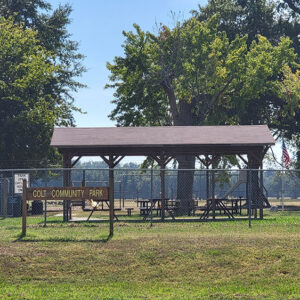 Colt Community Park
Colt Community Park
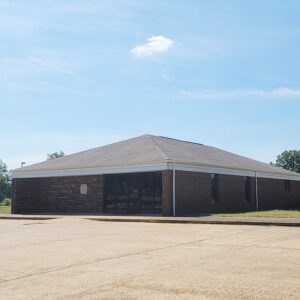 Colt Post Office
Colt Post Office
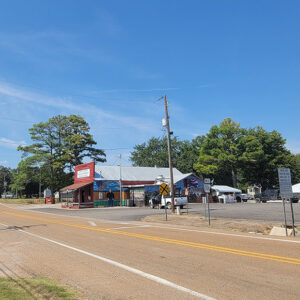 Colt Street Scene
Colt Street Scene
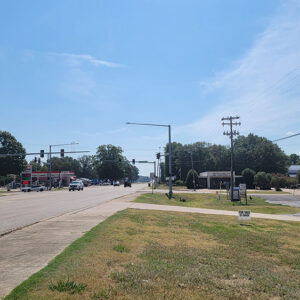 Colt Street Scene
Colt Street Scene
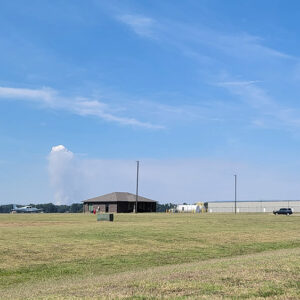 Delta Regional Airport
Delta Regional Airport
Forrest City (St. Francis County)
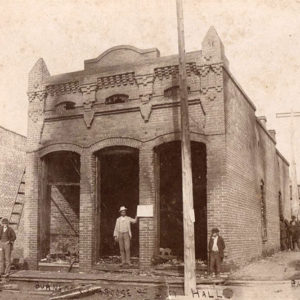 Forrest City Fire Damage
Forrest City Fire Damage
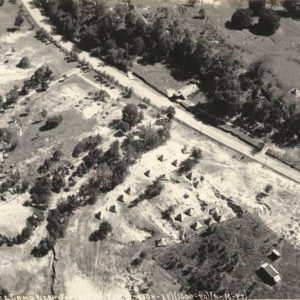 Forrest City Refugees
Forrest City Refugees
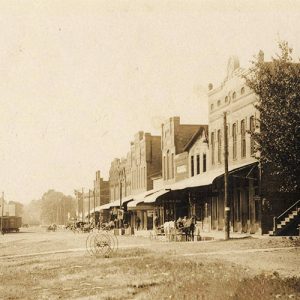 Forrest City Street Scene
Forrest City Street Scene
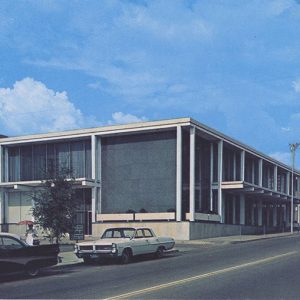 Forrest City Street Scene
Forrest City Street Scene
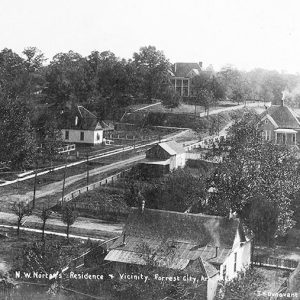 Forrest City View
Forrest City View
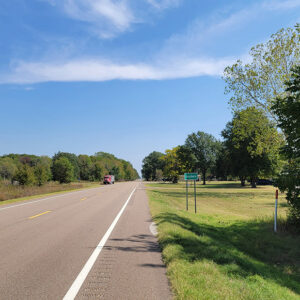 Entering Goodwin
Entering Goodwin
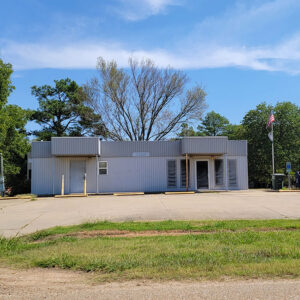 Goodwin Post Office
Goodwin Post Office
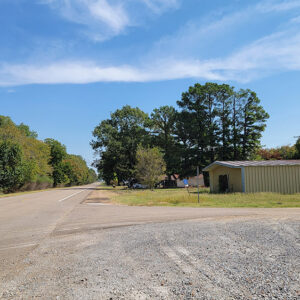 Goodwin Street Scene
Goodwin Street Scene
 Hotel Marion
Hotel Marion
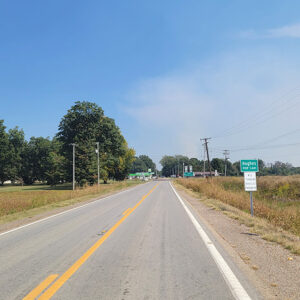 Entering Hughes
Entering Hughes
Hughes (St. Francis County)
 Hughes Church
Hughes Church
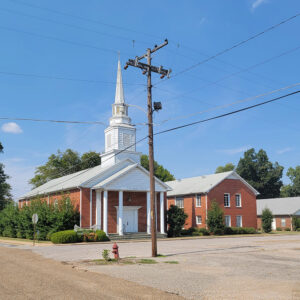 Hughes Church
Hughes Church
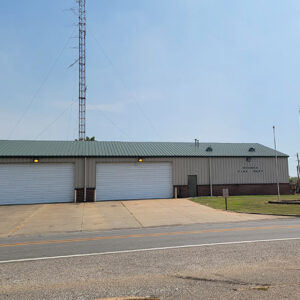 Hughes Fire Department
Hughes Fire Department
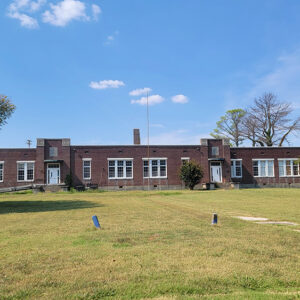 Hughes High School
Hughes High School
 Hughes Municipal Water Tower
Hughes Municipal Water Tower
 Hughes Street Scene
Hughes Street Scene
 Hughes Street Scene
Hughes Street Scene
 Hughes Street Scene
Hughes Street Scene
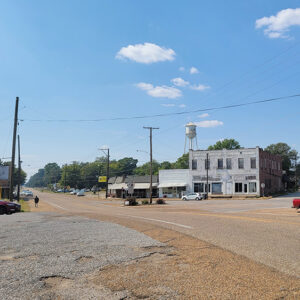 Hughes Street Scene
Hughes Street Scene
 Hughes Water Tower
Hughes Water Tower
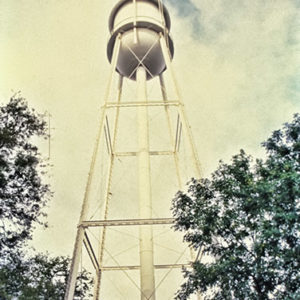 Hughes Water Tower
Hughes Water Tower
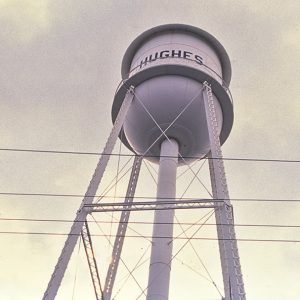 Hughes Water Tower
Hughes Water Tower
 Hughes Water Tower
Hughes Water Tower
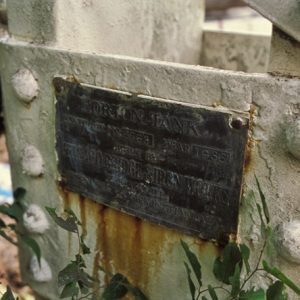 Hughes Water Tower Plaque
Hughes Water Tower Plaque
 Jackson Street
Jackson Street
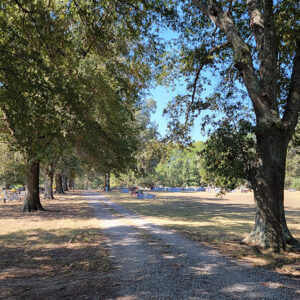 Johnson Cemetery
Johnson Cemetery
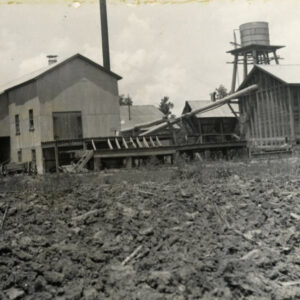 Lucerne Gin
Lucerne Gin
Madison (St. Francis County)
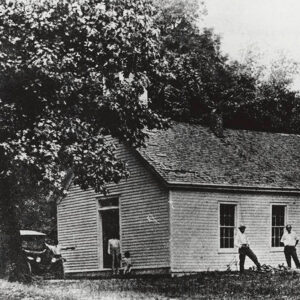 Madison Church
Madison Church




